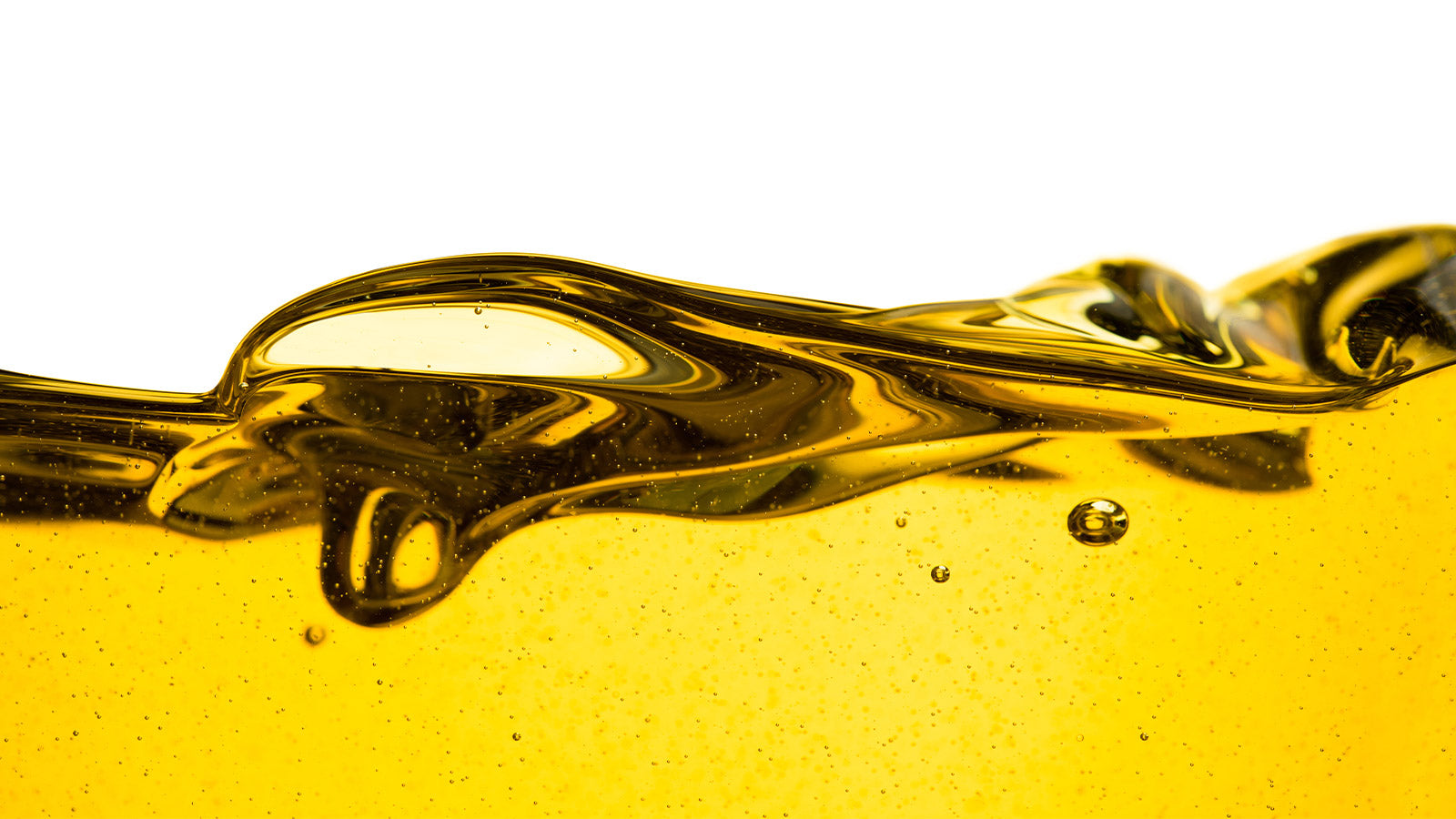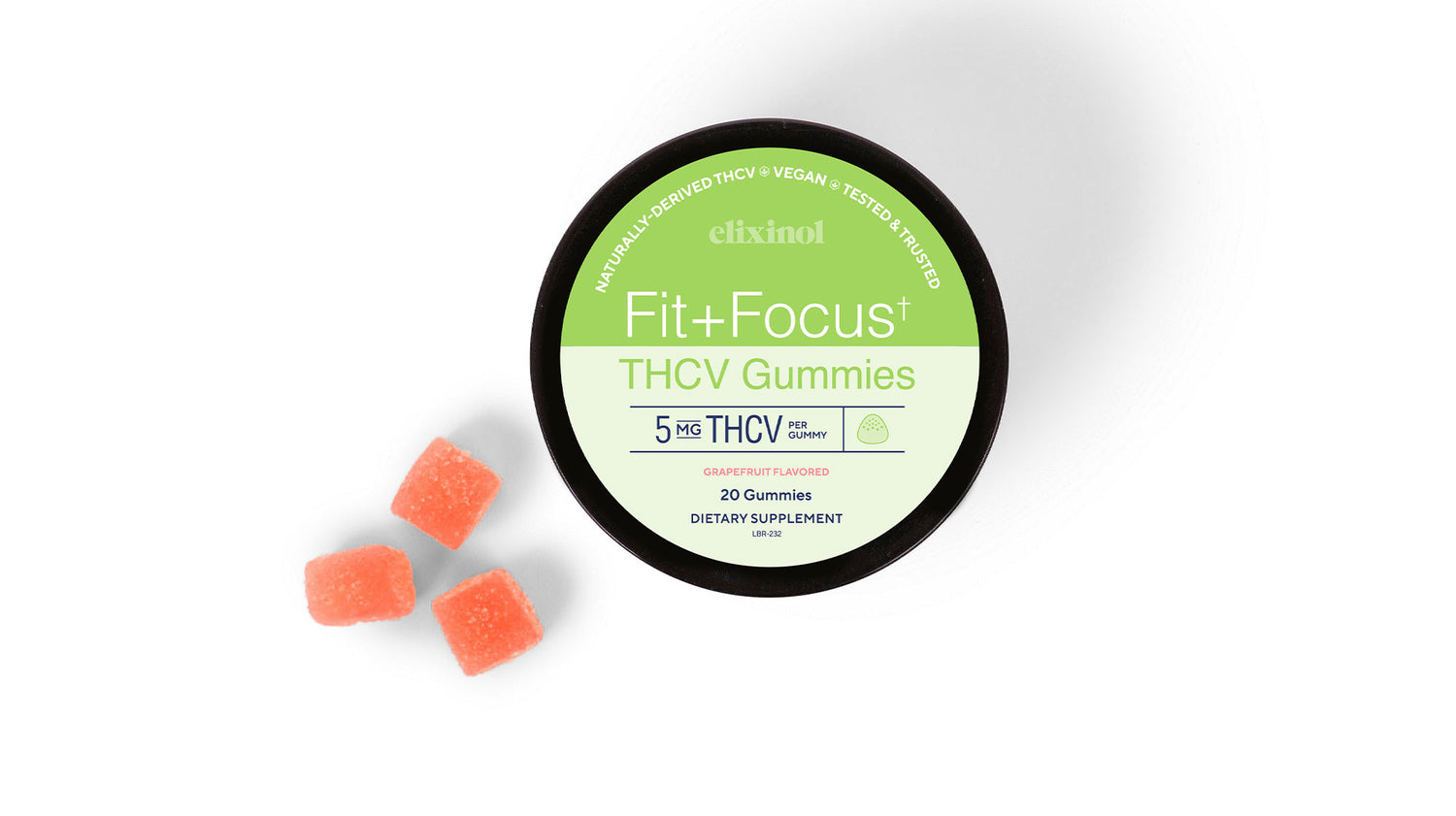Until now we’ve discussed the properties and effects of the most common phytocannabinoids, so it’s time to take a look at synthetic cannabinoids as well, and see how they’re different from naturally occurring ones.
As their name implies, synthetic cannabinoids are chemicals that mimic the effects of cannabinoids, mostly of THC, which has been already described here.
For this reason, these compounds are often marketed as being related to THC, but it’s worth saying that they are different, structurally, from the main compound in the Cannabis sativa plant.
Synthetic cannabinoids can be classified into 8 classes, and can be found in either liquid (oil) or solid form, in most cases mixed with vegetable matter or dried herbs. These mixtures are used just like herbal cannabis, and affect the human brain in similar ways, but their binding affinity to the cannabinoid CB1 is greater than that of natural THC.
At the same time, synthetic cannabinoids have a greater affinity at the CB1 receptor than at the CB2 receptor, which means that they have a stronger impact on the brain than the cannabis plant, and they have psychoactive effects, just like THC.
Studies have shown that synthetic cannabinoids (SC) are 2 to 100 times more powerful than Δ9-tetrahydrocannabinol. On the one hand, this means that the beneficial effects of cannabis can also be experienced with SC. Just like naturally occurring THC, SC can induce a state of relaxation and euphoria, can raise the heart rate and help one “disconnect” from real life.
On the other hand, it means that synthetic cannabinoids can be even more harmful than the natural compounds, the reported side effects of these chemicals including dizziness and agitation, racing thoughts, mouth dryness, palpitations, rapid breathing and chest pain, seizures, hallucinations, confusion, nausea, and vomiting. Prolonged use can lead to kidney failure and heart attacks.
It’s, therefore, crucial to highlight that synthetic cannabinoids are NOT safe, and shouldn’t be marketed as safe and beneficial for people with various health conditions, as in this case, the potential adverse reactions outweigh the positive effects.
How to recognize synthetic cannabinoids
As said, SC is sold in herbal mixtures, K2, Spice, Kronic, Magic Dragon, Puff, and Zeus being only a few examples. There are, however, hundreds of other mixes that contain SC and the legal status of these products varies from one country to another.
Although initially synthetic cannabinoids have been developed for relieving temporary symptoms of discomfort, it’s been quickly understood that it’s hard to separate the positive and harmful effects of these compounds and that the stimulant effects of SC are too powerful to be neglected. Synthetic cannabinoids have been associated with significantly more side effects than the natural Cannabis plant.
How can you recognize SC? Unfortunately, unless you test the mixtures in the lab, it’s hard to tell if the package really contains synthetic compounds, or THC, or a combination of natural and synthetic cannabinoids.
The take-home idea here is that synthetic cannabinoids are not safe and should not be consumed for recreational purposes.




